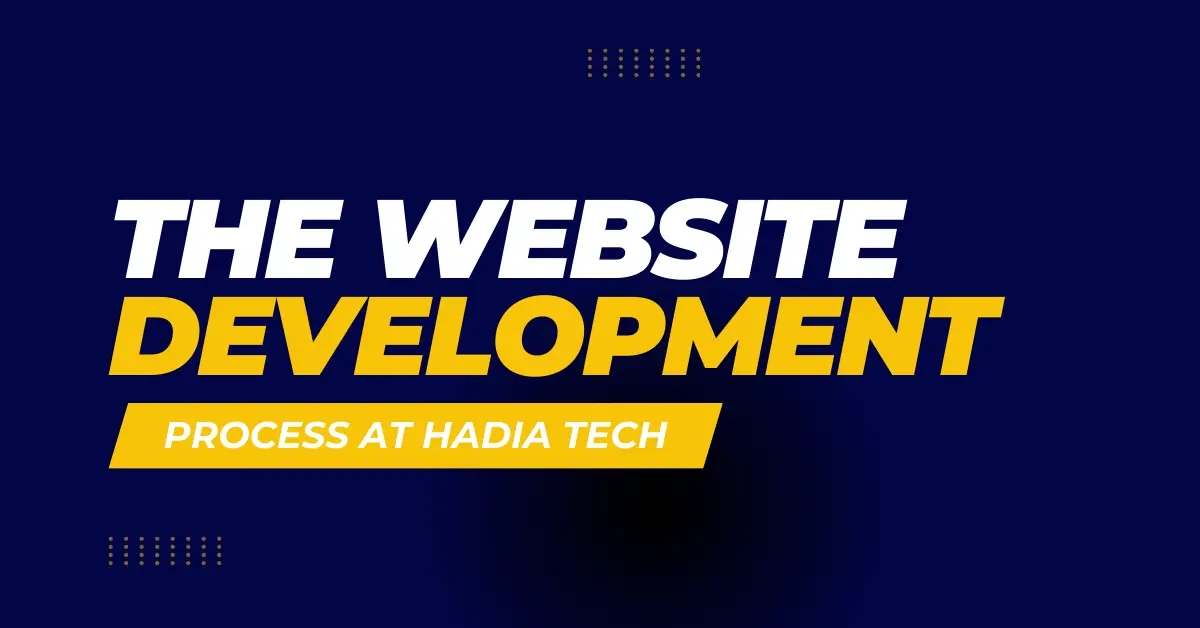Use of AI in Web Development: Transforming the Future of the Digital World
Web development has never been a speedy business. Static HTML websites, dynamic websites, then mobile-first and responsive designs, the pattern has gone on and on. But something bigger is going on today—something which is not just another trend, but a seismic shift in the way websites are built and interacted with.
We are referring to the application of Artificial Intelligence (AI) in web development.
AI is no longer confined to science fiction or lab experiments. It’s here, actively shaping how developers write code, how designers craft user interfaces, and how websites respond to user behavior. Whether you’re a solo freelancer or a full-fledged digital agency, understanding how AI fits into web development isn’t optional anymore—it’s essential.
Let’s break it down.
What AI Really Means for Web Development
When most people think of “AI in web development,” they imagine some robot coding in isolation or websites magically building themselves. That’s not quite it—and actually, way more interesting.
AI in web development is about intelligent assisting, intelligent automating, and data-driven decision-making. It’s about applying machine learning, natural language processing, and pattern recognition to speed up and improve the development process—without replacing it.
That is, AI is not there to replace the efforts of developers and designers—it’s there to augment their ability.

Practical Uses of AI Transforming Web Development
Let’s look at where and how AI is being utilized in web development today. These are not tomorrow’s ideas—they’re here today:
1. Smarter Code Generation
Tools such as GitHub Copilot and CodeWhisperer are speeding up programmers to code quicker and better. They autocomplete entire functions, catch bugs in real-time, and even debug or optimize code.
No, they don’t substitute real developers. But they’re like a super-genius extra pair of hands—liberating time from grunge work, catching tiny errors early, and allowing humans to focus on the harder logic.
2. AI-Powered Design Assistance
Designers today rely on AI-driven tools such as Adobe Firefly, Canva’s Magic Design, and Figma AI to accelerate design cycles. AI can generate layouts, recommend color palettes by feeling or brand, and even auto-space alignment, spacing, and visual balance.
Imagine a design sidekick who has best-practice knowledge—and never tires.
3. Personalized User Experience
Websites today need to do more than just “look good” – they must respond smartly to people. AI makes personalization at scale possible by analyzing user behavior, affinity, and habits to dynamically modify content, product recommendations, and interface layouts.
Here’s how it works: two users never look at the same Netflix homepage. AI-powered websites can now make that exact same level of personalization available, whether it’s an eCommerce site, portfolio site, or SaaS application.
4. Chatbots and Conversational Interfaces
AI-driven chatbots are de rigueur these days for today’s websites. From FAQs to appointment booking, to feedback gathering, NLP-powered chatbots can offer human-like assistance—24/7.
Sophisticated systems even connect with CRM software, allowing customer interactions to become wiser and more productive.
5. Voice Search Optimization
Since voice assistants such as Siri and Google Assistant came onto the scene, voice search optimization is more in tune than ever before. Through AI, it allows the programmer to build the content in the language of semantic HTML and schema markup that better supports voice-based interfaces.
The move is compelling developers to look beyond the screen—and the way that people experience it through sound, voice, and even motion.
6. Predictive Analysis and Decision Support
Imagine being able to know which part of your site a visitor will most likely click on before they even do. AI tools now provide predictive heatmaps, scroll tracking, and A/B testing on real user behavior—not guesses.
This allows developers and marketers to make informed decisions about content placement, CTAs, and UI elements—based on actual data.
Benefits of Using AI in Web Development
There are many explanations for why AI is being welcomed so quickly in the development community:
Quicker development cycles: Repeated processes are automated, making it possible for teams to be high-tempo.
Improved quality output: AI has the ability to identify bugs, suggest patches, and remove human error.
Improved UX and engagement: Predictive and personalization tools make sure sites are pertinent to each visitor.
Decision-making based on data: Guesswork is no longer necessary—AI provides actionable insight.
But one thing is inevitable: human touch.
Regardless of how intelligent the tool, AI is nothing more than a tool. The optimal web experiences are met when AI augments, and does not replace, human imagination, intuition, and compassion.
Hadia Tech: Where AI Meets Human Ingenuity
One of the leading companies that are accomplishing this is Hadia Tech, a worldwide renowned web design and development firm who knows more about this balance than most.
Hadia Tech isn’t incorporating AI simply because it is “cool.” They proactively explore, experiment with, and integrate new AI technology—either within their dev workflow, design processes, or user testing procedures.
What distinguishes them is the fact that they remain human-centric. They implement AI to power performance, make designs more precise, and drive personalization—but every project revolves around strategy, imagination, and co-creation.
In search of the kind of people who understand using AI the right way? Have a look at Hadia Tech.
What the Future Entails
Looking ahead, AI is expected to become even more integrated into the development process. We’ll likely see:
Fully automated website audits for SEO, accessibility, and performance.
Real-time design adjustment tools based on emotional user response (facial recognition + AI).
AI-powered CMS systems that auto-suggest content updates based on trends.
Multimodal AI interfaces that combine voice, gesture, and screen-based interactions.
The aspiration isn’t to drive out human touches—but cut down on busywork so designers and developers can do what they do best: innovate, problem-solve, and tell stories.
Final Thoughts
The application of AI in web development is not an upgrade in technology—it’s a change in paradigm. Developers no longer work alone—they have AI tools that support, recommend, and improve alongside them. Designers are not constrained by guesses—they have facts and intelligent systems to support their creative vision.
But as with all tools, it’s what you do with them. AI can make your skills better or numb your creativity—it’s up to you.
The smartest companies, such as Hadia Tech, recognize it’s not about leaving the human or the machine behind. It’s about creating a bond between the two.
You are a developer, designer, business leader, or tech futurist—web development AI is not arriving. It’s here.




